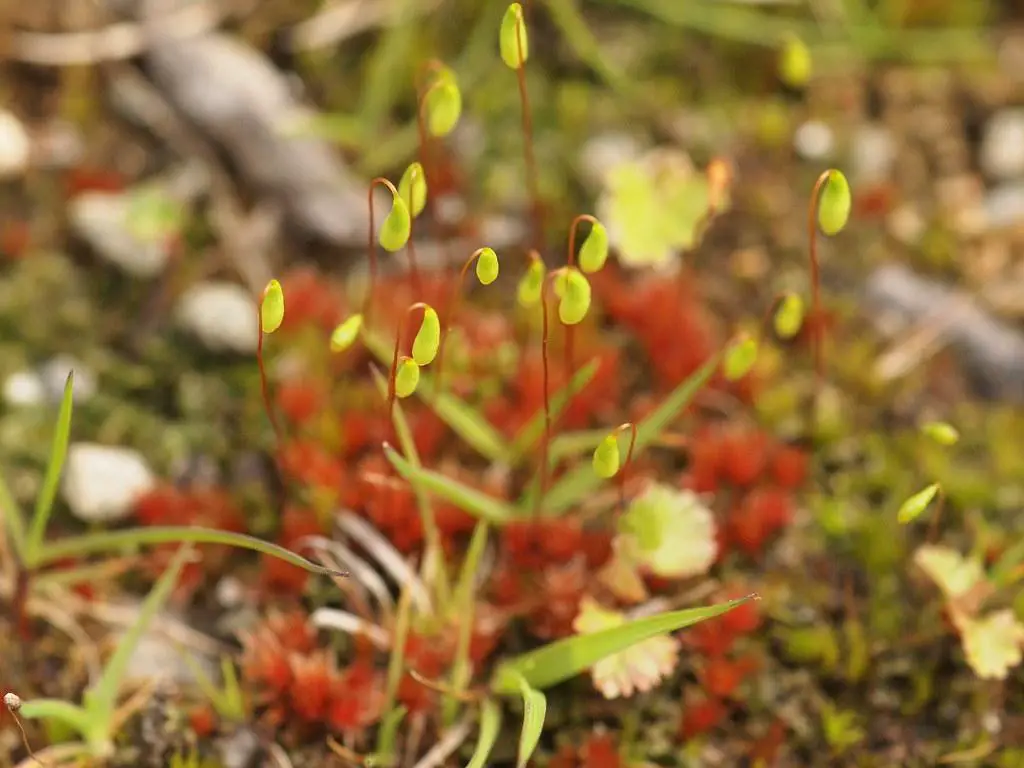
7628019724_b900b0a5b3_b.jpg from: https://www.flickr.com/photos/bushman_k/7628019724/
Exploring the Fascinating World of Funaria salsicola Müll.Hal. Moss
Introduction
Welcome, moss enthusiasts! Today we’re diving into the captivating realm of Funaria salsicola Müll.Hal., a unique species of moss belonging to the Funariaceae family. This tiny but mighty plant plays important ecological roles and boasts some remarkable adaptations. Get ready to be amazed by the wonders of Funaria salsicola!
Background on Funaria Mosses
Before we get into the specifics of F. salsicola, let’s cover some background on the Funaria genus. Funaria mosses are part of the Bryophyta division and Bryopsida class. They are found worldwide in a variety of habitats. Funaria mosses are known for their small size, unique capsule shapes, and ability to colonize disturbed soils.
Morphology and Identification of Funaria salsicola
Funaria salsicola is a small, annual moss that forms loose tufts or patches. Its stems are short, usually only a few millimeters tall. The leaves are ovate to lanceolate and have a distinct border of elongated cells. One key identifying feature is the asymmetric capsule that develops on a tall seta. The capsule is pear-shaped and has a long, curved neck. Spores are released from the capsule through a small opening called the operculum.
Global Distribution and Habitat
F. salsicola has a wide distribution, being found on several continents including Europe, Asia, Africa, and North America. It typically grows in open, disturbed habitats such as soil banks, roadsides, fields, and moist, bare ground. This moss is known to tolerate saline conditions better than many other moss species, hence the specific epithet “salsicola” which means “salt-dwelling”.
TiaVCkRoS3Gc57lZR2up3vJudbzhfaHNgn6zWgISBrI9tq7YKwmNtVbZVBXcGIgLpzJi7_SqXtKLtEA73-4=s600 from: http://www.projectnoah.org/spottings/12747929
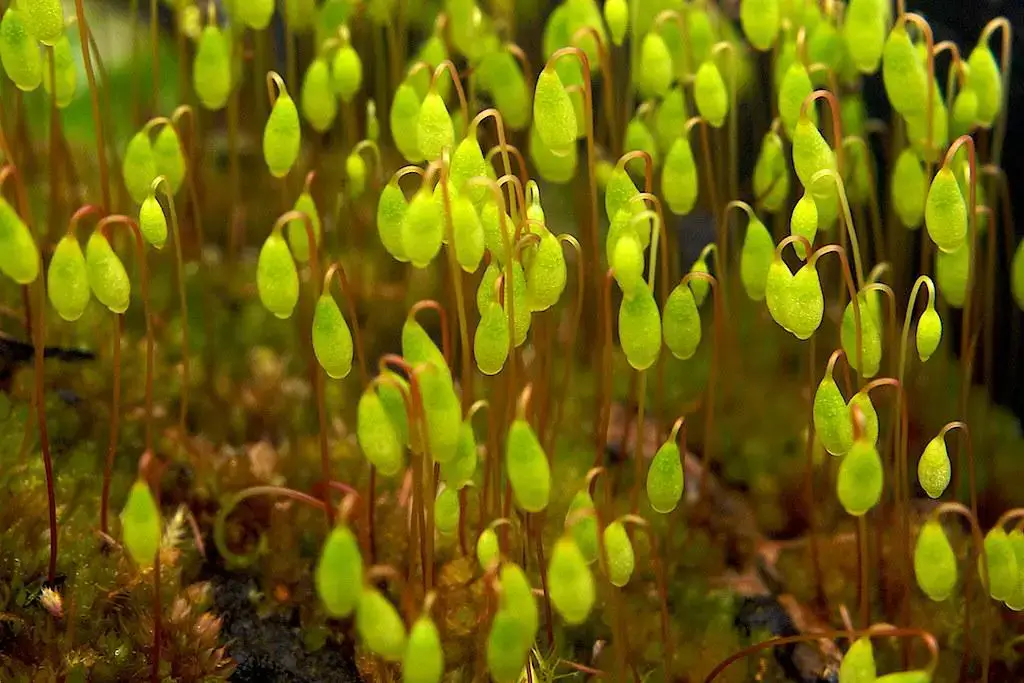
4489814435_1e9122540c_b.jpg from: https://www.flickr.com/photos/imagined_horizons/4489814435
Ecological Roles and Adaptations
Like other mosses, Funaria salsicola plays important roles in its ecosystems:
- Soil stabilization: The dense tufts help hold soil in place and prevent erosion.
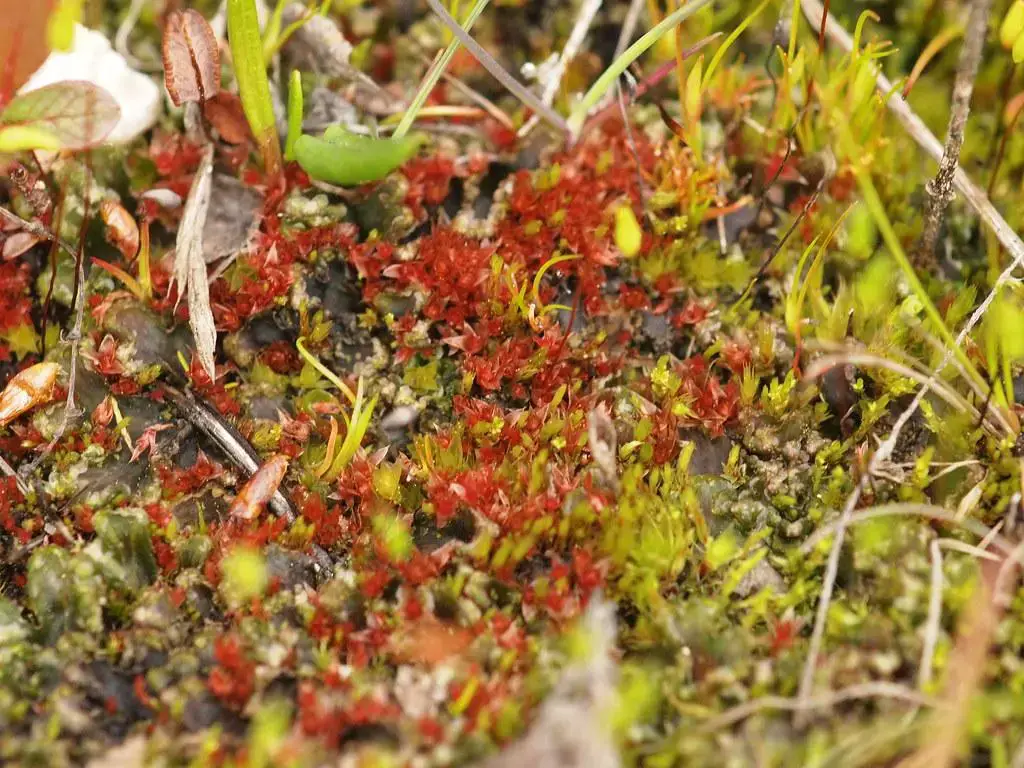
7628018642_62049b535e_b.jpg from: https://www.flickr.com/photos/bushman_k/7628018642/
- Moisture retention: Mosses absorb and retain water, helping regulate moisture in their microhabitats.
- Pioneer species: F. salsicola is often an early colonizer of disturbed soils, paving the way for other plants.
- Habitat for microorganisms: The nooks and crannies among the leaves provide microclimates for various tiny organisms.
F. salsicola has adaptations that allow it to thrive in its preferred habitats:
- Salt tolerance: Physiological adaptations help it cope with higher salinity levels than many mosses.
- Rapid life cycle: As an annual species, it can quickly colonize open areas and reproduce before conditions become unfavorable.

common-cord-moss-funaria-hygrometrica-germany-2BTXM7B.jpg from: https://www.alamy.com/common-cord-moss-funaria-hygrometrica-germany-image359545743.html
- Spore dispersal: The elevated capsules help disperse spores further to reach new locations.
Funaria salsicola at a Glance

hqdefault.jpg from: https://www.youtube.com/watch?v=d5ucgZ49RCA
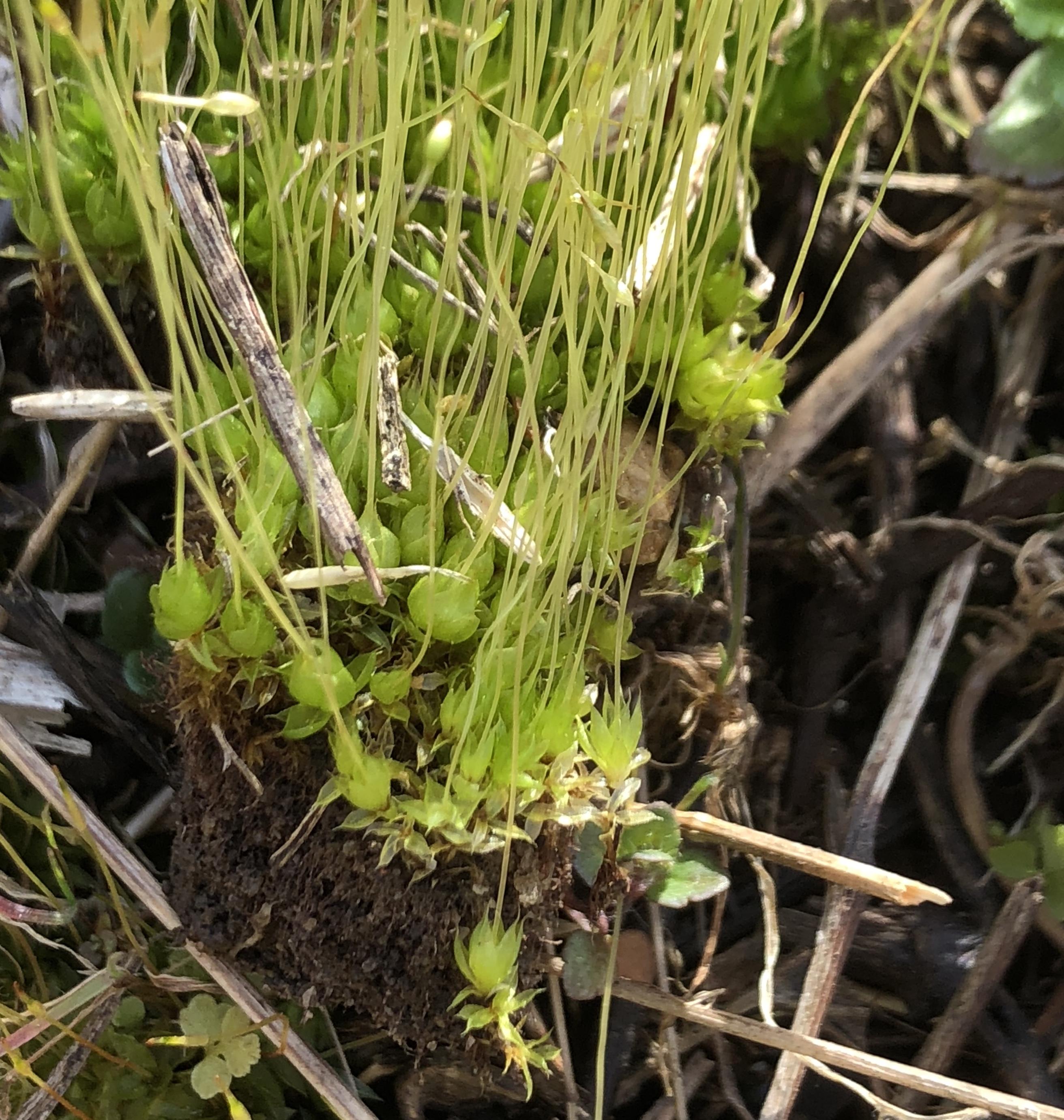
rick_borchelt_40105495045_be0f10344e_o_d.jpg from: https://marylandbiodiversity.com/media/viewThumbnails.php?species=10923&showAll=1
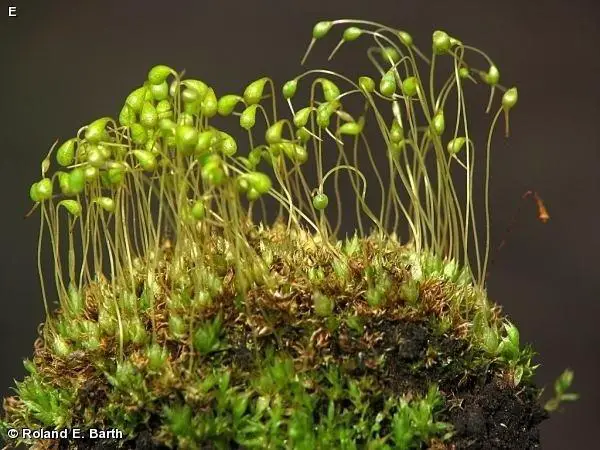
funaria-f60da8e1-ff81-4d78-b228-6a11e46c9dc-resize-750.jpeg from: https://alchetron.com/Funaria
| Characteristic | Description |
|---|---|
| Division | Bryophyta |
| Class | Bryopsida |
| Family | Funariaceae |
| Genus | Funaria |
| Species | F. salsicola |
| Growth Form | Loose tufts or patches |
| Stem | Short, a few mm tall |
| Leaves | Ovate to lanceolate, bordered |
| Capsule | Asymmetric, pear-shaped with long neck |
| Habitat | Open disturbed areas, saline soils |
| Distribution | Europe, Asia, Africa, North America |
Conclusion
Funaria salsicola Müll.Hal. may be small, but it is a fascinating and ecologically important moss. Its salt tolerance and rapid life cycle allow it to occupy habitats that other mosses cannot. Next time you’re out in nature, take a closer look at the ground – you might just spot this amazing little moss and gain a new appreciation for the complex world beneath our feet! What other adaptations do you think tiny but tough mosses like

green-moss-monsoon-wet-wall-funaria-sp-FFXBHK.jpg from: https://www.alamy.com/stock-photo-green-moss-monsoon-wet-wall-funaria-sp-95851551.html
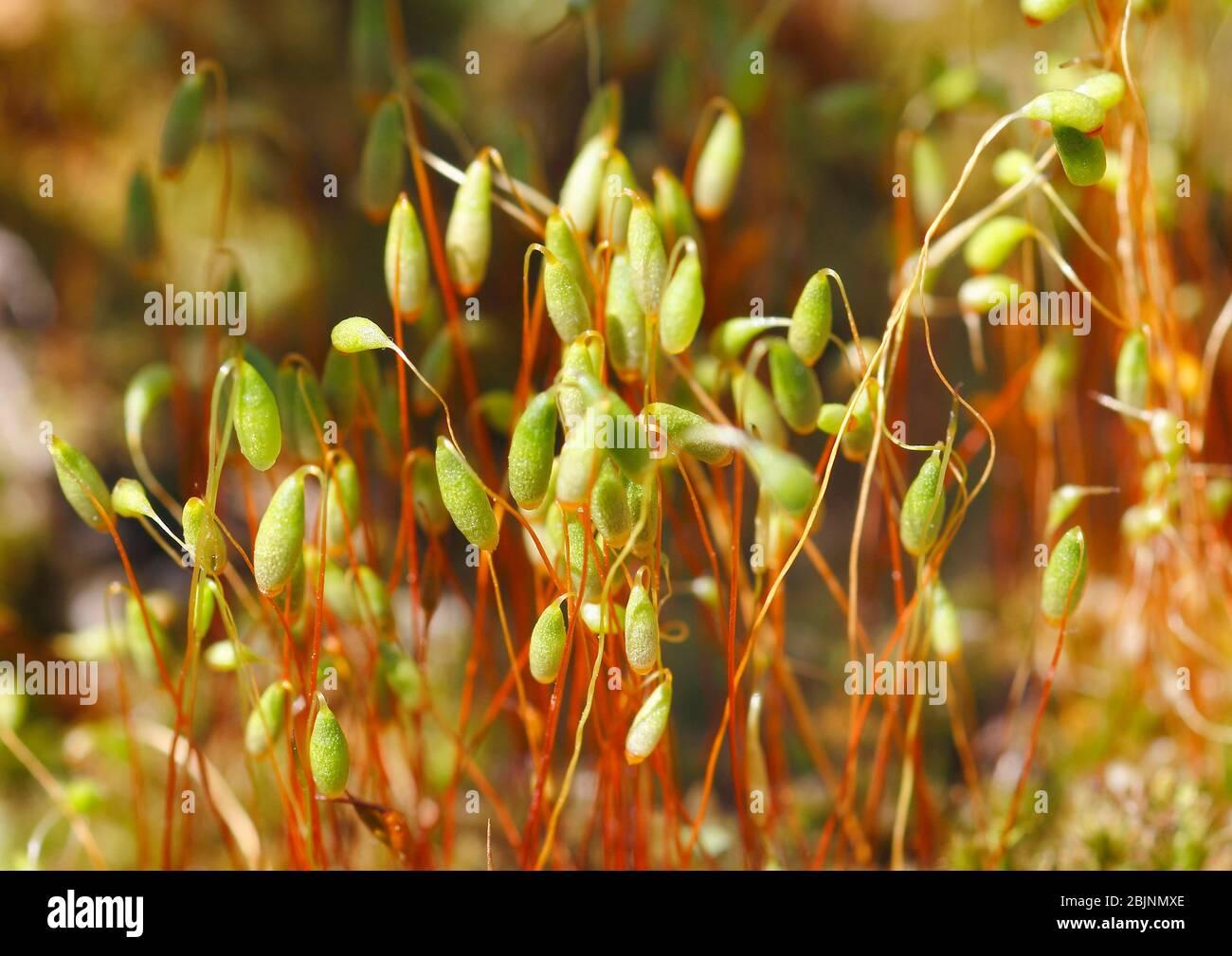
bonfire-moss-common-cord-moss-funaria-hygrometrica-capsules-germany-2BJNMXE.jpg from: https://www.alamy.com/bonfire-moss-common-cord-moss-funaria-hygrometrica-capsules-germany-image355748582.html
F. salsicola might have evolved? The more we look, the more we discover!